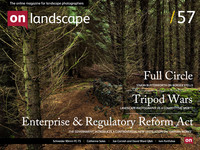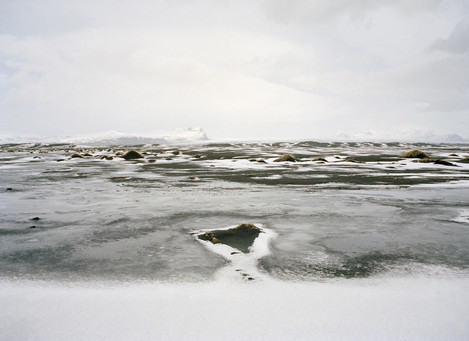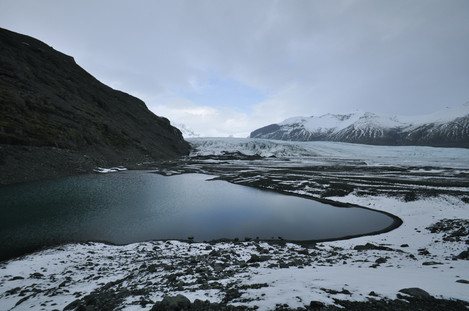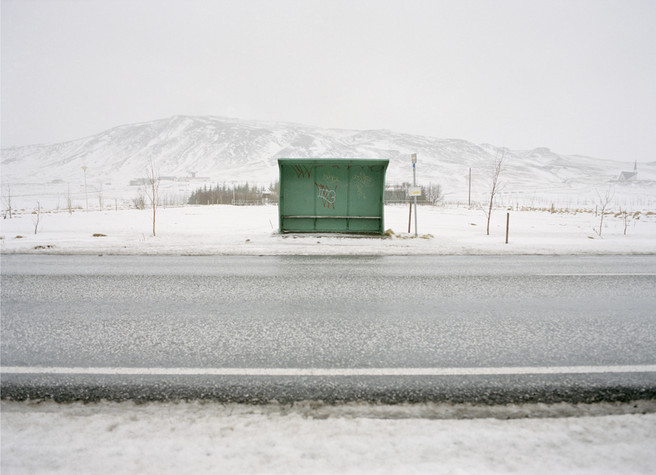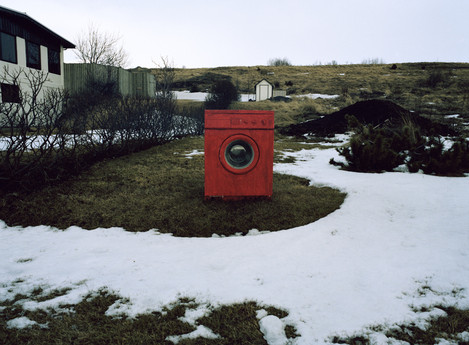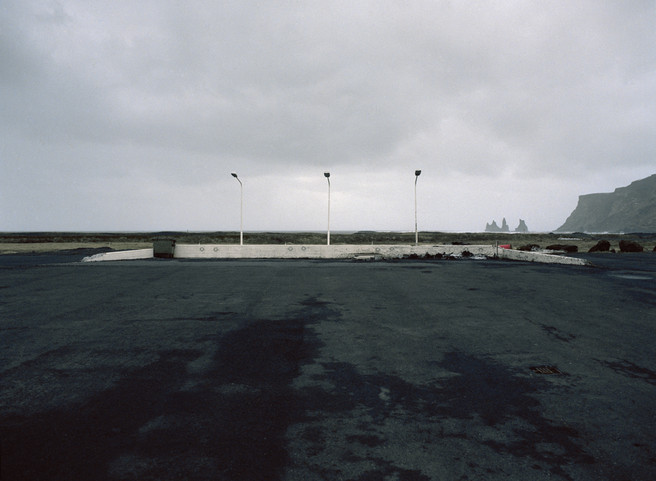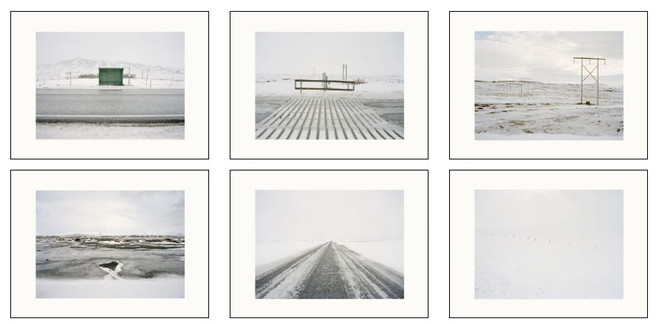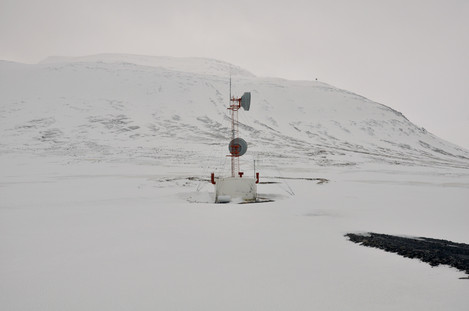Featured Photographer

Tim Parkin
Amateur Photographer who plays with big cameras and film when in between digital photographs.
Can you tell me a little about your education, childhood passions, early exposure to photography and vocation?
I have always enjoyed photography especially at a young age on holiday using my compact camera to take photos of anything that inspired me. It never occurred to me that I could have it as a career until much later on. I have always been passionate about art, mostly drawing and painting and by enrolling on an Art Foundation course I was given the opportunity to use my first DSLR camera. I fell in love with the whole process of using film as I loved taking photos and processing and developing them in the dark room. I bought my first DSLR when I was 20 and decided to drive to Paris to test it out, starting my passion for travel photography. I started my BA Photography course at Middlesex University aged 21 and there I learnt further about film cameras, purchasing my Mamiya 645 1000s just before my final year. I travelled to Berlin, around London and then to Iceland to pursue the start of my career in travel photography, producing my final photos from medium format film just 10 months after learning how to use it.
What are you most proud of in your photography?
I am proud to say I have produced striking visual representations of countries I have had the opportunity in visiting, showing features that have overwhelmed me. I travel with no prior knowledge of the place, nothing planned or aims of what I could discover with my photography, but instead await to find what inspires me most while I am there.
In most photographers lives there are 'epiphanic’ moments where things become clear, or new directions are formed. What were your two main moments and how did they change your photography?
On my first day of travelling around Iceland we came across an abandoned bus stop at the side of the road. I just knew I had to stop to take a photo of it, so I pulled in and ran back along the side of the Route One road to get my shot. As soon as I took the photo I knew that I had come across something beautiful and I knew exactly what route my project would be going down. Before this moment I had no idea of what I would find in Iceland or if I would come across anything worthy for a project at all. That moment inspired me throughout the rest of the trip, finding objects at the side of the road, beautiful amongst the background of the landscape.
Tell me about why you love landscape photography? A little background on what your first passions were, what you studied and what job you ended up doing
Landscapes to me are what make a place truly distinguishable and special and I feel privileged to be able to see such beautiful sights. I love capturing these places and able to share them with others and I love being able to find remote locations where you can imagine nobody being there or seeing it before you. My passions have always been within landscape photography starting with taking sunset and sunrises. I love that no two are ever the same giving you the chance to see and photograph a landscape completely unique.
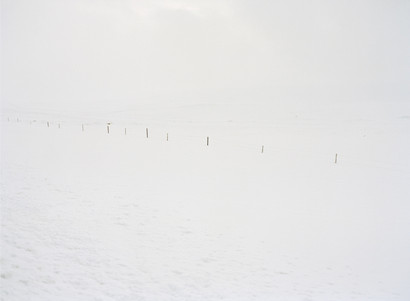 Could you tell us a little about the cameras and lenses you typically take on a trip and how they affect your photography.
Could you tell us a little about the cameras and lenses you typically take on a trip and how they affect your photography.
I always have my two main cameras with me on a trip- my Nikon D90 and my Mamiya 645 1000s. I shoot in both digital and medium format film as I feel they each have their advantages and I like to see the difference I can produce with each of them. For my Mamiya I most often use my 45mm fixed lens for landscapes but will be investing in a wider lens soon. With my Nikon I always take my standard 18-105 mm Nikon lens and my 10-24mm Tamron lens. In the past I would always use my 18-105mm for landscape work but since getting the Tamron lens its hardly been taken off of my camera! It gives a great wideness without distorting the image and gives that little bit extra room for me to position my shots exactly how I’m viewing them in real life. I use my 50mm Nikkor lens for beautiful close ups in a shallow depth of field showing beautiful colours especially at night and in low light situations. I also use my 70-300 mm lens for any wildlife and close ups of objects or details in the distance. I couldn’t travel without any of these as they all have their great uses!
What sort of post processing do you undertake on your pictures? Give me an idea of your workflow..
With my digital workflow I always shoot in RAW and JPEG. Straight away I copy them into a main folder on my computer and copy them again into specific folders eg website, for printing. I always have an original copy of all photos taken never to be touched. There’s nothing worse than editing something wrong and realising that was the only copy you had of it! I don’t use too much Photoshop as I like my image to be a true representation however I do straighten, crop and sometimes brighten or darken an image as well as adding slight contrast and cloning out any dust. With my negatives I scan them flat and then add the colour in Photoshop and again straighten and crop as well as remove any dust.
Do you get many of your pictures printed and, if at all, where/how do you get them printed?
I work part time in a photographic printing lab so I am lucky enough to be able to have complete control over my prints when I print them. I tend to print my favourites for my wall in my office to keep me inspired for my next trip as well as for albums. When I need to edit down a choice of photographs I find it easier to have them all laid out in front of me instead of on a computer screen so I would use Costco for cheap quick prints. I normally use SnappySnaps as they produce high quality C-type prints or for my larger prints I use The PrintSpace London.
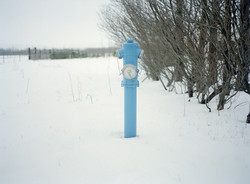 Which photographers or artists have been an inspiration to you
Which photographers or artists have been an inspiration to you
I have always been inspired by Michael Kenna and Ansel Adams. Their work is so beautiful and peaceful it is what I strive for when look for landscapes to photograph. I love Richard Misrach's work and the colours he finds in his landscapes are so striking as well as Edgar Martin's work and the stories behind his images bringing so much more depth to them.
Do you have any particular favourite photographs (either the images themselves or the enjoyment of the process of taking them)
I think everyone has their own personal favourite photos either for what the outcome was or the story or memory behind taking the photo. I have some in my Iceland series where I have fallen down holes or been right into bushes to try and get that perfect shot, so these are always some of my favourite because I know the effort that went into them! I also have shots that I love of the Northern Lights taken in both Norway and Iceland because they were so magical to see, as well as being unique and rare, I felt very lucky to have been able to see these as well as take photos of them. I think with every series you get attached to a few certain photos and those always stick with you as your favourites.
If you were told you couldn’t do anything photography related for a week, what would you end up doing (i.e. Do you have a hobby other than photography..)
This is hard as even in my free time I do a lot of things to do with photography such as making photo albums and editing photos. I think I would spend a lot of time outdoors (if the weather was nice!) still enjoying the landscapes around me. I like exercising so would spend time cycling and running as well as watching films to relax.
What sorts of things do you think might challenge you in the future or do you have any photographs or styles that you want to investigate? Where do you see your photography going in terms of subject and style?
I think I will be constantly challenged throughout my career in producing exciting and unique work from each place I travel to document. It is all about finding ways to photograph a location that hasn’t been done before and keeping work fresh and relevant. I see my photography continuing along the route it is on, with me travelling to locations as well as going back to previous places to expand on what I found there.
You recently were highly commended in the Travel Photographer of the Year competition for your Iceland work. Can you tell us about the project and how you went about deciding which images to submit?
I was in my final year of university when I decided to travel to Iceland to take photos for my final project. I was drawn to Iceland because of the amazing landscape photography that I had seen from there and I was excited to travel and experience this beautiful location to take my own documentation of it. After returning I edited down my thousands of photographs and put them all into different categories such as landscapes, objects found, the route one road etc. It was hard to decide what images I wanted to display to ultimately show what Iceland represented to me. I chose the 6 images I did because they to me showed what overwhelmed me about Iceland. We would drive for hours without seeing a single other person and could stop the car to hear complete silence in the air. It was eerie but beautiful and the manmade objects we saw within the landscapes made us feel that human life wasn’t too far away. I used these for my final project at university as well as then submitting them to the Travel Photographer of the Year award. I think they were able to show a less known side to Iceland which was my aim all along.
What was it like to approach a location that is now firmly in the photography zeitgeist?
I was determined to travel the whole of Iceland rather than to do what the majority of people who visit do, and just stay within driving distance of Reykjavik so I wanted to experience and view everything I could. I knew that I wanted to produce images that were not the standard when you think of Iceland, I wanted to show something unique that I had found there. My aim in driving the whole of the Route one road was to be able to stop at random points and photograph whatever had caught my eye at that moment in time. I wanted more than just the Auroras, the waterfalls and the volcanoes and felt that by having no plan at all in what to photograph I was able to find that other side to Iceland.
You can see more of Catherine Sales photographs at her website, catherinesalesphotography.com

